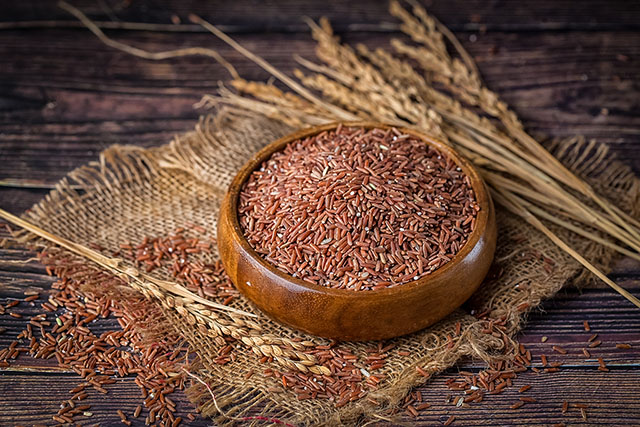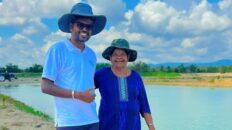A Researcher’s Restlessness
Before founding Nomatech Sdn. Bhd. in 2015, Dr. Wickneswari Ratnam—fondly known as Dr. Wicki—had built a career grounded in academic pursuit, though not without quiet restlessness. A geneticist and microbiologist by qualification, she began her career at the Forest Research Institute Malaysia (FRIM), spending 11 years working on forest genetics. But something didn’t sit right. “I felt I could do more, so I moved,” she said.
She moved to Universiti Kebangsaan Malaysia (UKM), where she quickly brought together a multi-institutional team. The mission: improve Malaysia’s rice productivity by developing high yielding varieties through crossbreeding.
Malaysia has long faced challenges in achieving rice self-sufficiency, with limited high-performing varieties available to farmers. For Dr. Wicki, the solution wasn’t just tweaking the existing gene pool but looking back to what had been left behind in the wild.
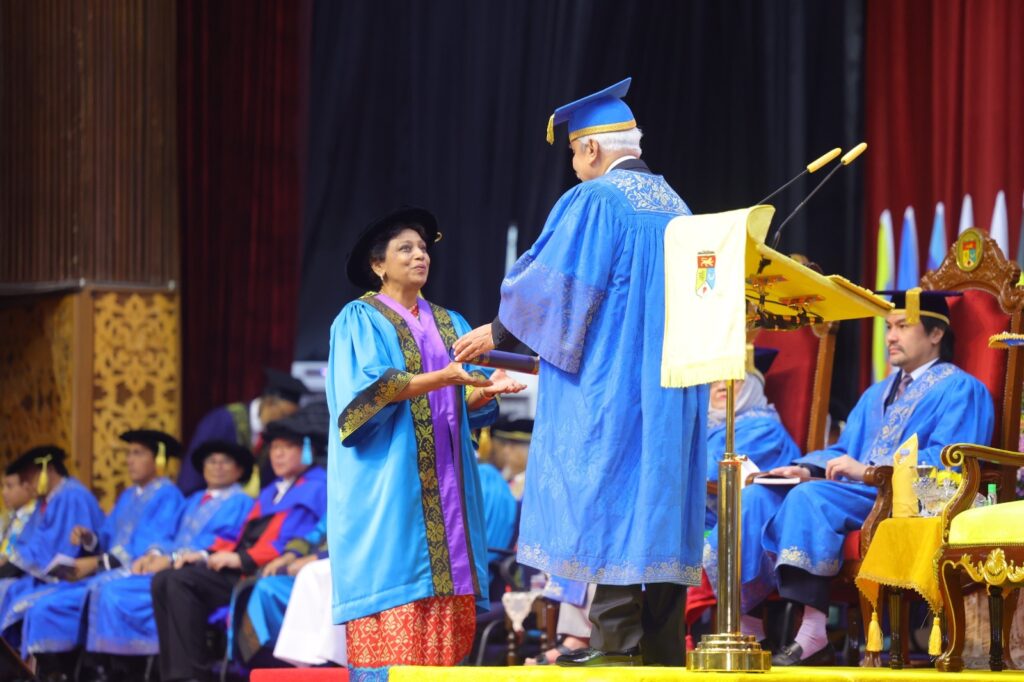
Why Rice, Why Wild: Science with Purpose
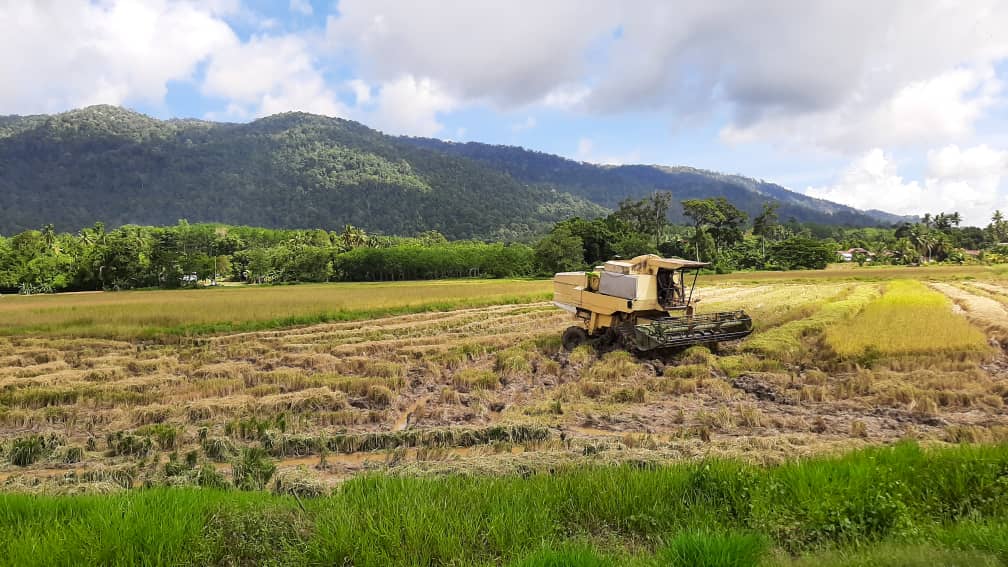
“Wild rice species carry genes that can help improve yield, resilience to pests and diseases, and tolerance to drought, salinity, and other stresses.”
Her focus turned to Oryza rufipogon, a wild rice species native to Malaysia and genetically compatible with domesticated Oryza sativa. Though not high-yielding itself, O.rufipogon held valuable dormant genes that could be unlocked through advanced breeding techniques.
“People often overlook wild genetic resources or germplasm because the plants don’t look promising in the field,” she added. “But the real value lies in the genetic diversity they hold.” Genetic diversity is crucial because it provides a wider pool of traits that plants can draw from to adapt to changing environments, resist diseases, and improve yields. For crops like rice, this is important to ensure long-term resilience and the ability to breed varieties that meet both agricultural and nutritional needs.
Inspired by pioneering research at Cornell University and global studies, Dr. Wicky and her multi-institutional team embarked on an interspecific hybridisation project. Interspecific hybridisation is ambitious because it involves crossing two species, often facing genetic barriers such as infertility and poor compatibility. It requires advanced breeding techniques and years of careful backcrossing to produce stable, high-performing plants with the desired traits.
Dr. Wicki and her team crossed O. rufipogon with Malaysia’s MR219 variety, using advanced backcrossing strategy to reintroduce lost traits while maintaining the agronomic strengths of cultivated rice. “Backcrossing is a breeding method where a hybrid plant is repeatedly crossed with one of its original parent varieties to retain desirable traits while restoring the overall genetic makeup of the parent,” explained Dr. Wicki.
The outcome was promising; four new lines with higher yields and earlier maturity, one with lower glycaemic index and one with high antioxidant content—an agricultural solution aligned not just with food security but also with public health needs. “We developed rice that isn’t just good for farmers—it’s good for people.”
Professor Emeritus Dr Wickneswari Ratnam,
Managing Director, Nomatech Sdn. Bhd.
“With diabetes on the rise, especially in this region, offering a nutritious, local alternative to standard white rice has never been more important.” These scientific breakthroughs laid the foundation for what would later become Nomatech—though commercialisation was not yet part of Dr. Wicki’s plan at the time. As with much of her journey, that next step would come out of necessity, not ambition.
The Science of Seed Sovereignty
“In 2009 we filed intellectual property (IP) claims for 11 new rice varieties. Six would eventually be granted protection under Malaysia’s New Plant Variety Protection Act in 2014,” shared Dr. Wicki. Even then, the end was not in sight. “At that time, I had no intention to form a company,” Dr. Wicki recalled. “We thought the university could license the IP to seed companies.”
But after a year, no commercial partner showed meaningful progress, so she made a pivotal decision. In 2015, with encouragement from Platcom Ventures (a commercialisation arm of the then-Agency Innovasi Malaysia), Dr. Wicki co-founded Nomatech Sdn. Bhd. to bring the rice varieties to market. It was a leap few academics take.
From Lab Bench to Market Shelf
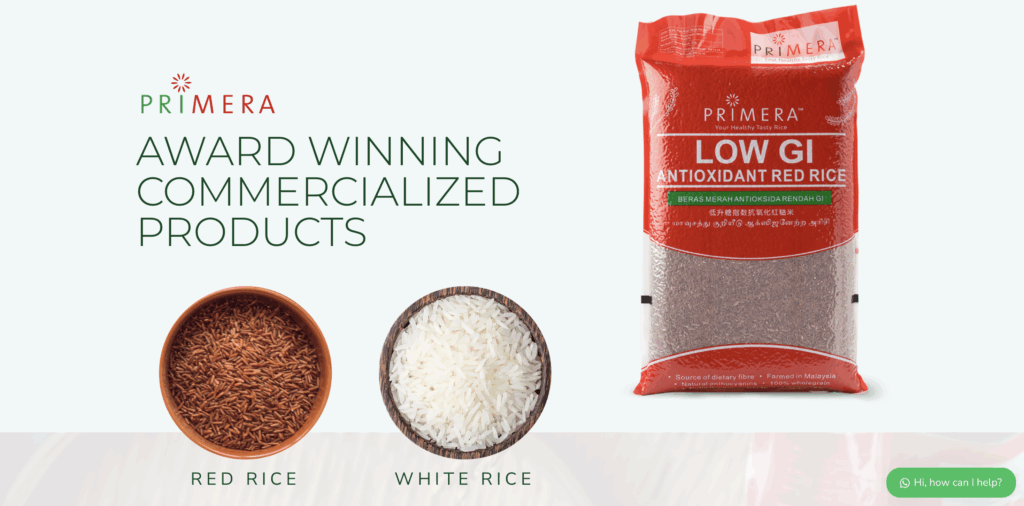
Nomatech’s first major output was Primera Red, a low glycemic index (GI), antioxidant-rich red rice. This wasn’t just a new product but a functional food—nutritionally superior and backed by clinical trials. Unlike imported red rice, Primera Red originated from local science and soil.
“We position Nomatech as an R&D company,” she explained. “We own the seeds, manage farmer engagement and processing, and partner with distributors for retail.”
Three of the six protected varieties are now in commercial use. One of them—Primera Red—is wholly managed by Nomatech, foundation seed production, contract farming, rice milling, and direct marketing. The rice has found its way to health-conscious consumers in Malaysia, but that market is niche. Scaling the business has proven to be a different kind of scientific challenge.
The Cost of Persistence
Dr. Wicki revealed that the path to commercialisation is strewn with obstacles—bureaucratic delays, fragmented agricultural policies, and the cold calculus of funding models that often fail to support early-stage agri-innovation. Despite securing grants and participating in various accelerator programs, the cashflow strain remains. “Many grants require 50:50 or 70:30 co-funding, often disbursed in tranches and only after expenses are incurred,” said Dr. Wicki.
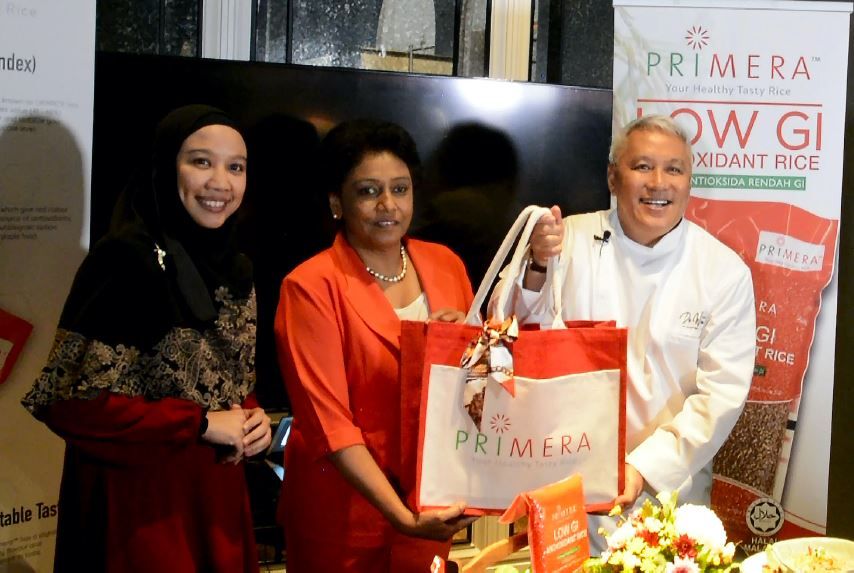
“We had to take bank loans to pay salaries and keep operations running. And claims can take months,” she shared. “People see the success, but they don’t see the pain.” with the backing of foreign investors and some government support, Nomatech’s journey is one of margin-squeezing realism. For every field trial, there’s a financial trade-off. For every new partnership, a lesson in resilience.
Beyond the Seed
For Dr. Wicki, commercialisation was never about profit maximisation. It was about impact: “If we hadn’t done anything, the seeds would still be in cold storage. No farmer would’ve planted them. No consumer would’ve tasted the rice. And the research would’ve meant nothing.” Her story resonates because it mirrors a larger truth about research translation: Many promising innovations never leave the lab.
Some are buried by bureaucracy. Others wither from lack of commercial foresight. A few simply run out of time. Dr. Wicki beat the odds but is also candid about what comes next. With retirement beckoning, she seeks a new CEO and fresh investors to take Nomatech further. “I’ve built it to a certain level. It’s time for someone with new energy to take over.”
A Message for Fellow Researchers
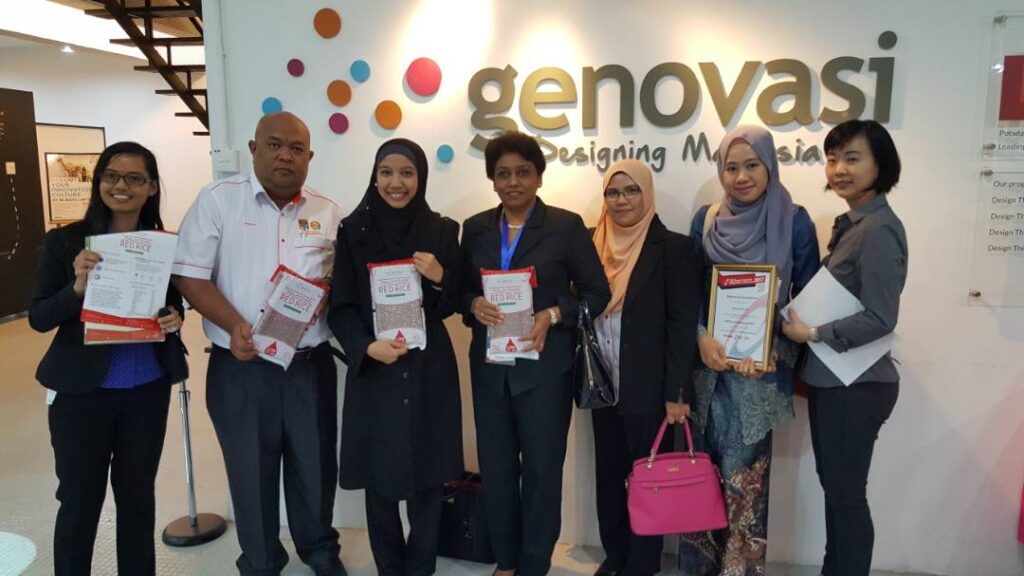
Dr. Wicki often talks to younger academics, encouraging them to think beyond the lab and into the real world. Her key advice?
- Be proactive. No one will commercialise your research for you.
- File your IP. Even if you don’t intend to commercialise now.
- Stay connected. Collaboration is everything.
- Get your hands dirty. The field is where ideas take root.
Primera Red reminds us that some revolutions are quiet, that it takes more than good science to build a business, and that sometimes, it takes one woman’s refusal to let her work gather dust in a cold room to bring nourishment, dignity and resilience to a country’s food system. Dr. Wicki didn’t just develop rice; she cultivated possibility.


